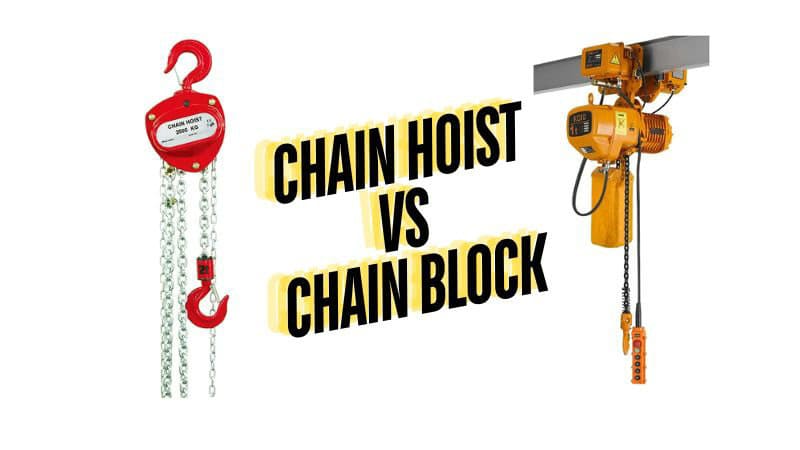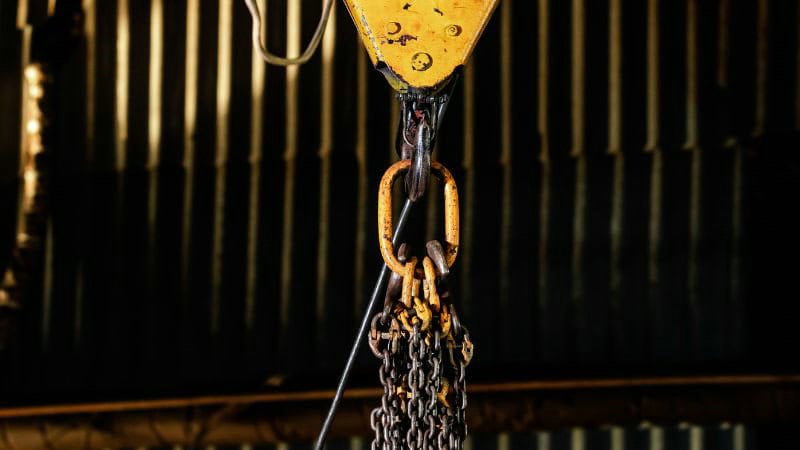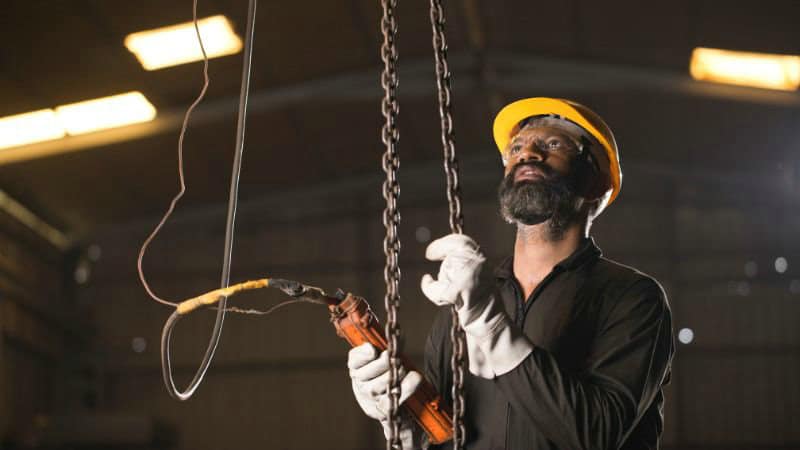
Chain hoists and chain blocks are essential lifting devices used in a wide range of industries, from construction and manufacturing to automotive and power plants. While both tools are designed to lift and move heavy loads using a chain mechanism, there are some key differences between the two that impact their suitability for specific applications.
In this article, we will explore the main differences between chain hoists and chain blocks, including their components, types, and mechanisms.
We will also discuss the advantages and limitations of each, helping you make an informed decision when choosing a lifting solution for your unique requirements.
Whether you’re a seasoned professional or new to material handling, this guide will provide valuable insights into optimizing your lifting operations with the right tool for the job.
What is Chain Hoists and Chain Blocks
When you’re working in an environment that requires lifting heavy loads, you’ll likely encounter chain blocks and chain hoists. While these terms are sometimes used interchangeably, it’s important to distinguish between the two to select the right equipment for your needs.
Chain blocks, also known as manual chain hoists, are straightforward devices that allow you to lift loads using a hand-powered chain.
They operate on a principle of mechanical advantage, where your manual effort is multiplied to lift the load.
The simple design makes them portable and suitable for a variety of settings, especially where power sources are not available.
On the other hand, chain hoists can be either manual or electric. Electric chain hoists use an electric motor to lift loads, requiring less physical effort compared to their manual counterparts.
Lifting Mechanisms of Chain Hoists

Manual Chain Hoists
Your manual chain hoist operates quite simply. You pull on the hand chain, which activates a pulley system with gears that multiplies your force, making it possible to lift heavy loads with less effort.
Now, let’s lay out some specifics:
- Gearing Mechanism: Utilizes a series of gears to reduce the manual force you need to apply.
- Lifting Chain: The load is attached to this chain, and it’s pulled directly by the gearing mechanism.
- Hand Chain: The chain you pull on to operate the hoist.
Electric Chain Hoists
With an electric chain hoist, an electric motor does the heavy lifting. Your role is to control the hoist, often via a remote.
This allows for lifting larger loads and reduces physical strain. Here are the key components:
- Electric Motor: Powers the hoist and replaces manual labor.
- Control Mechanism: Typically a switch or a remote, this lets you operate the hoist safely from a distance.
- Lift Chain: Just like the manual hoist, this chain supports the load.
How to Choose Between a Chain Block and a Chain Hoist
These two devices used to pull heavy loads in construction sites and on occasions that need lifting or lowing.
Chain Block
- Manual Operation: Typically, you operate a chain block manually, using a mechanical advantage to lift loads.
- Simple Mechanism: It comprises a chain, gears, hooks, and a blocking mechanism to hold the load in place.
- Portability: Being lightweight, it’s quite portable, making it perfect for various on-site jobs.
Chain Hoist
- Power Options: Chain hoists can be manual like chain blocks, but often you’ll find electric or pneumatic models available, offering you a choice depending on available power sources.
- Lifting Capabilities: Can lift heavier weights compared to a chain block and can be used to move items horizontally.
- Use: Suited for industrial settings where lifting tasks are more frequent and heavier.
When selecting between a chain block and a chain hoist, consider the mechanical advantage each provides.
Chain blocks require you to exert physical force, which is efficiently magnified by the system’s gears.
Chain hoists, particularly powered ones, can move loads with less human effort, enhancing safety and efficiency.
It’s also important to evaluate your work environment.
If you require mobility and you’re only lifting vertically in different locations, a chain block may serve you well.
However, for stationary setups with heavy, repeated lifting, or the need for horizontal movement, a chain hoist might be the way to go.
Chain Blocks and Chain Hoists in Practical Applications and Industries

In your projects across various industries, you might come across situations where lifting heavy loads is necessary.
Selecting the right equipment is crucial, and understanding how chain hoists and chain blocks are used across different sectors will guide your choice. Here are two examples for you to have a reference.
Construction and Manufacturing
In construction and manufacturing, you often need to move heavy materials vertically.
A chain hoist is commonly used because of its ability to lift heavy loads quickly with the help of an electric motor, saving you time on large construction sites or in busy manufacturing plants.
- Applications: Installation of heavy equipment, materials handling.
- Industries: Building construction, automotive, machinery manufacturing.
- Portable: Some chain hoists are portable, allowing for ease of movement around the site.
Mining and Agriculture
When you’re in the mining or agriculture industry, portability and reliability take precedence due to the tough working conditions.
Chain blocks shine in these sectors due to their simplicity and manual operation, which allows you to use them in remote locations without power access.
- Uses: Lifting and moving heavy loads like mining equipment or large bales of produce.
- Industries: Coal mining, metal ore mining, livestock farming.
- Heavy Loads: Chain blocks can manage heavy weights but require more physical effort.
Frequently Asked Questions
What are the main functional differences between a chain hoist and a chain block?
A chain hoist automates the lifting process. It can be either electrically or pneumatically driven. Meanwhile, a manual chain block requires you to pull on the chain to lift or lower loads. It primarily facilitates vertical movement.
What are the mechanical variations between a chain hoist and a block and tackle system?
A block and tackle system typically involves multiple pulleys to reduce the effort needed to lift a load. Meanwhile, a chain hoist is a simpler mechanism. It sometimes has a single fixed pulley and a motor or manual chain for operation.
How does the usage of a chain come along compared to that of a traditional chain hoist?
A chain come-along, often referred to as a lever block or lever hoist, allows for multi-directional pulling, which is beneficial in tight spaces.
Traditional chain hoists are generally designed for vertically lifting heavy loads either manually or with power assistance.
